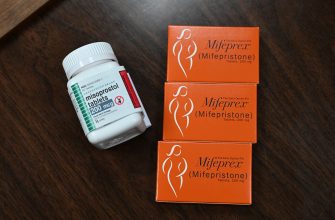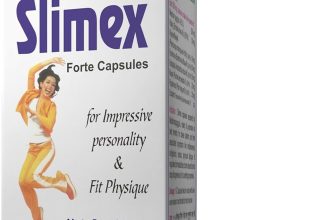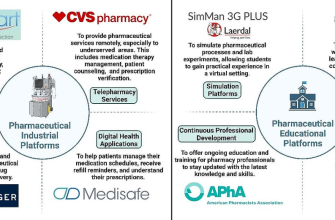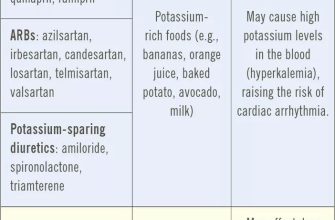Check your insurance plan’s formulary online for covered medications and prior authorization requirements. Many plans offer a searchable database.
Understand your copay, coinsurance, and deductible. These vary widely depending on your plan type and the specific medication.
Contact your insurance provider directly with questions. They can clarify coverage details and explain any confusing aspects of your policy.
Explore manufacturer coupons or patient assistance programs. These can significantly lower your out-of-pocket costs for high-priced drugs.
Use your pharmacy’s online tools to check medication pricing and availability. Many pharmacies show real-time pricing based on insurance coverage.
If you face high prescription costs, inquire about prescription drug savings cards offered by several companies. They might offer significant discounts.
When receiving a prescription, verify all details are accurate: medication name, dosage, frequency. Clarify any uncertainties with your pharmacist.
Keep detailed records of your prescriptions, including dates, costs, and insurance claims. This helps with tracking expenses and potential reimbursement disputes.
Consider using a mail-order pharmacy for maintenance medications to save time and potentially money. This option often provides cost savings for frequently used prescriptions.
For complex medical conditions requiring multiple medications, discuss your medication management plan with your doctor and pharmacist. They can help you find the most cost-effective options while ensuring proper medication interactions.
Remember: proactive communication with your insurance company and pharmacy can significantly simplify your prescription experience.










